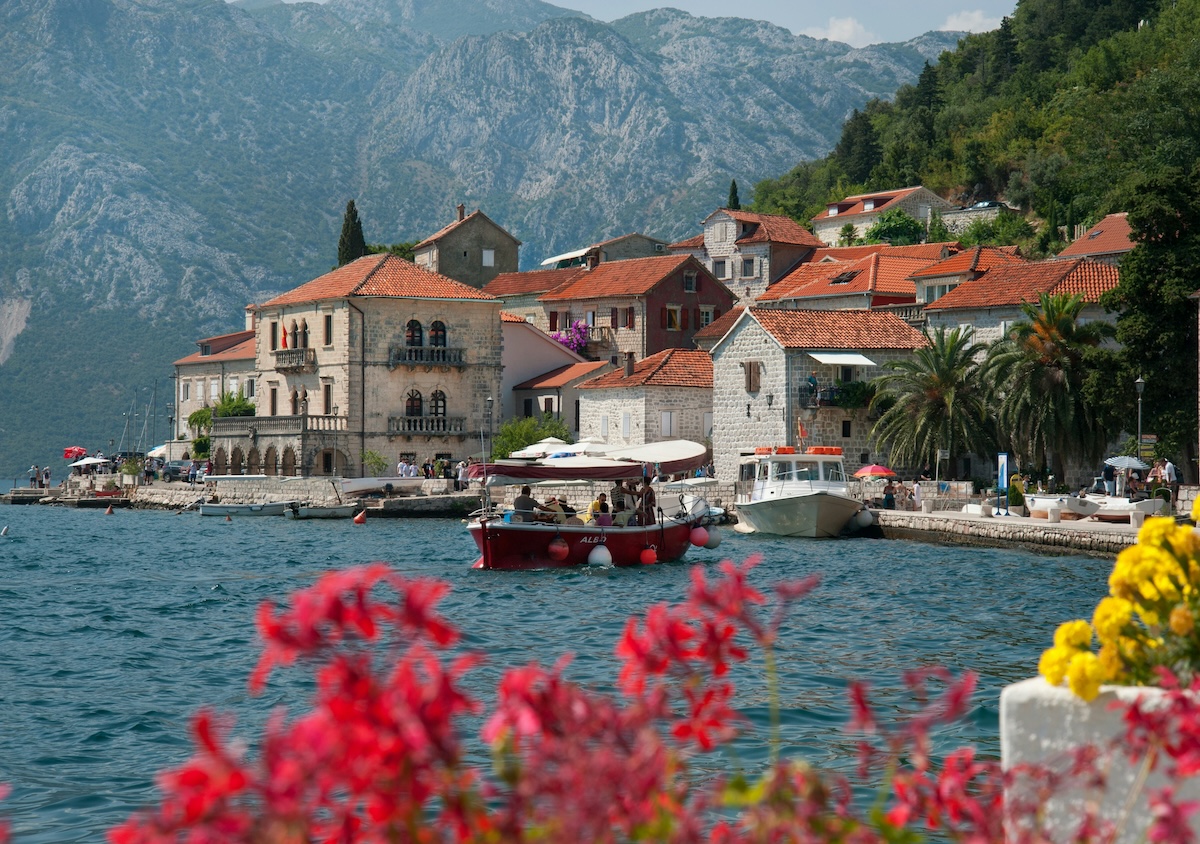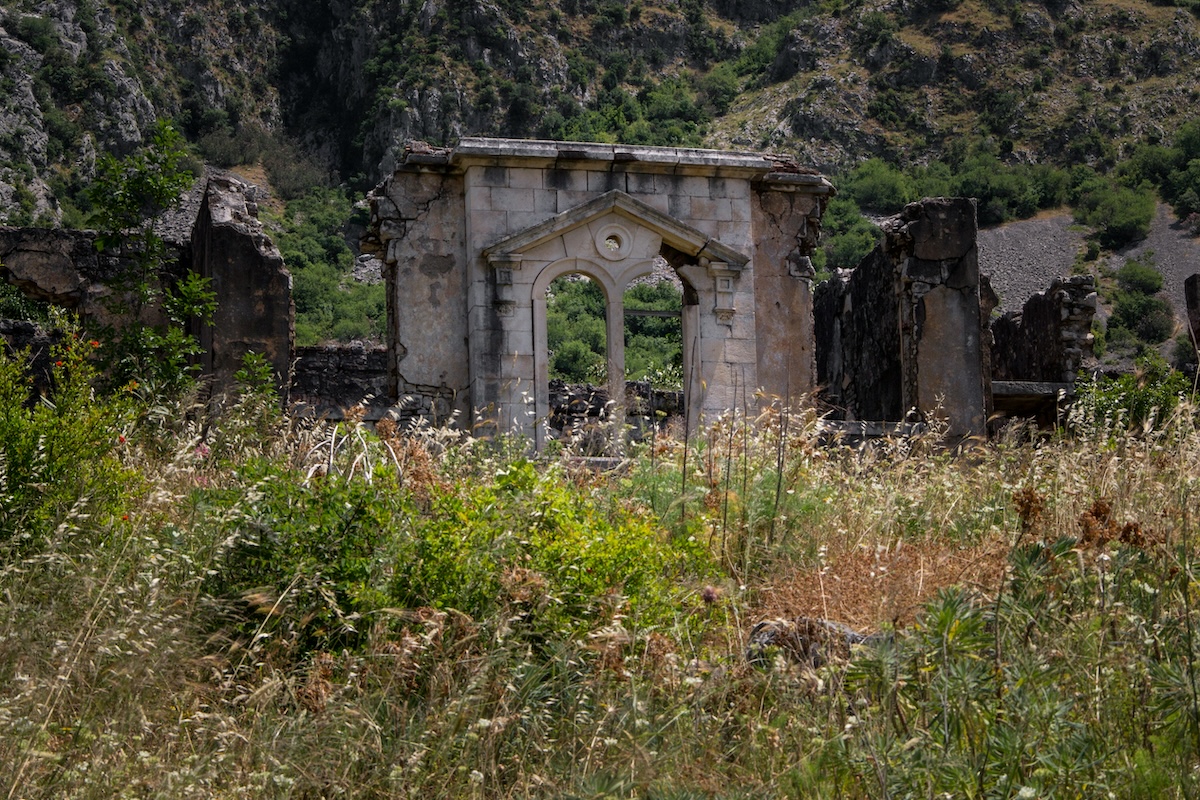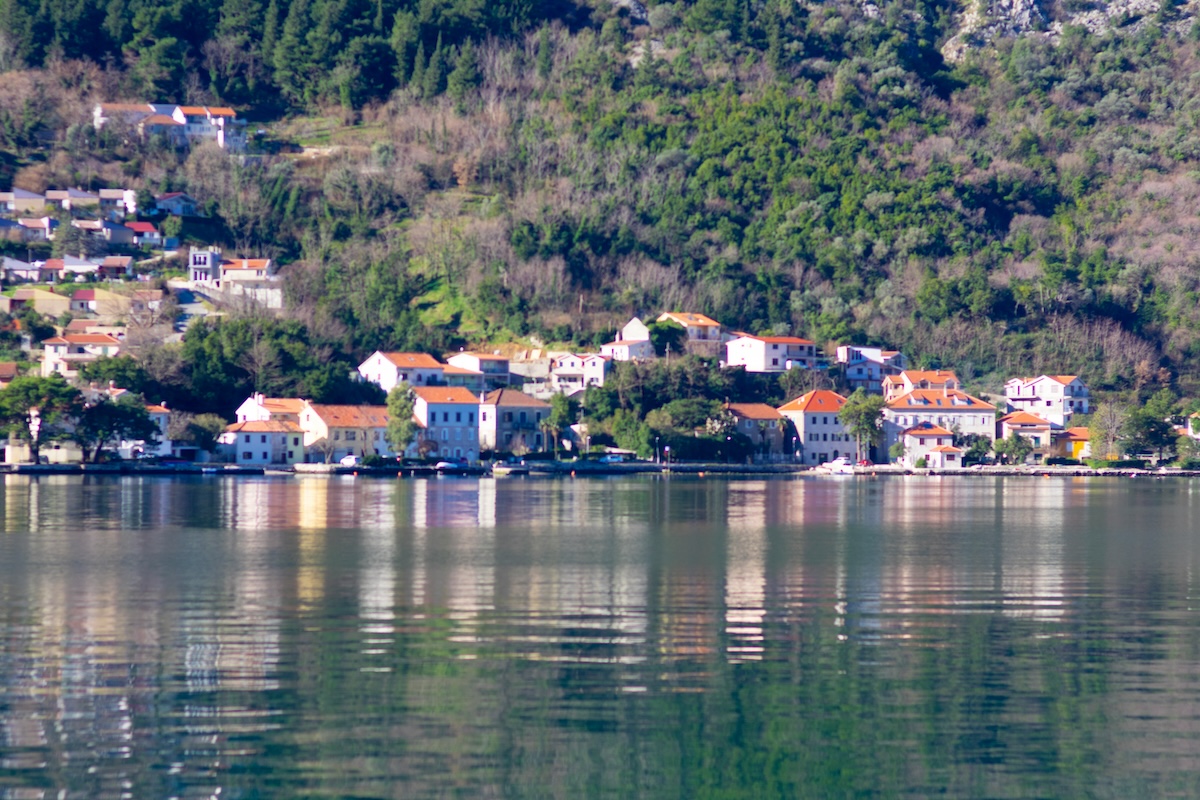By: Mike Coleman
The Bay of Kotor, located in Montenegro, is known for its historical significance and geographical features. This region has attracted various empires over the centuries due to its strategic location and the protective qualities of its natural harbor. The surrounding mountains add to its defensibility and have played a part in its historical development.
Risan
Risan, established as the bay’s oldest settlement, showcases remnants from its past, notably Roman mosaics that date back to the second century. These mosaics are significant for their historical value and craftsmanship. During Venetian rule from the 15th to the 18th centuries, the architectural landscape of the bay area was heavily influenced, resulting in a predominance of Venetian Gothic and Baroque styles. The Kotor fortifications, developed during this period, are notable for their construction techniques and have been designated as a UNESCO World Heritage site for their historical and architectural significance.
In Risan, aside from the Villa Urbana and its ancient mosaics, visitors can explore remains of the old city walls that hint at the town’s former significance and defensive needs. The surrounding area’s natural beauty includes mountains and clear waters, contributing to the town’s appeal.
Kotor
Kotor, a fortified town, offers visitors a glimpse into the medieval period with its preserved buildings and urban layout. The Cathedral of Saint Tryphon, a monument of Romanesque architecture, contains valuable artifacts and has been a significant religious site since its completion in 1166. The city’s defensive walls stretch for approximately 4.5 kilometers and were constructed between the 9th and 19th centuries to shield the town from invasions.

Photo by Evgeny Matveev on Unsplash
Perast
Perast, another medieval town, is recognized for its Baroque architecture and historical buildings. The city is notably home to the Bujovic Palace, built in the 17th century, which serves as a museum displaying local maritime history and cultural artifacts. The town’s proximity to two islets, Our Lady of the Rocks and St. George, adds to its historical and cultural landscape. Our Lady of the Rocks, in particular, is an artificial island created by a bulwark of rocks and by sinking old and seized ships loaded with rocks. The island hosts a church and a museum with artworks and historical objects.
Dobrota
Dobrota is known for its waterfront and historical edifices, including several old palaces and the Church of Saint Matthew, which features a collection of Baroque and Renaissance artworks. The town’s promenade offers direct views of the bay and is a popular walking area for locals and visitors.

Photo by Milos Lopusina on Unsplash
Lustica Peninsula
The Lustica Peninsula stands out for its less developed landscape than other parts of the Bay of Kotor. Its rural atmosphere, old villages, and olive groves characterize it. The peninsula is also known for its beaches and the Blue Cave, which is accessible by boat and is popular for swimming and diving due to the clarity of the water and the natural light effects within the cave.
Herceg Novi
Herceg Novi, positioned at the bay entrance, is guarded by three fortresses: Kanli Kula, Fort Mare, and Spanjola. Each fortress provides unique historical narratives and views of the town and the sea. The town’s layout includes narrow streets and historic squares, contributing to its charm and appeal as a tourist destination.
If you have the chance to visit Montenegro’s Bay of Kotor, let the Frayed Passport community know all about what else they should see and do—and happy travels!
About the Author
Mike is a writer who researches and shares actionable advice around travel lifestyle, finance, and personal growth. He loves any trip where he can explore the great outdoors, and believes everyone should be able to experience travel for personal development and fulfillment. Read his other articles on Frayed Passport here.Featured image by Elena Mozhvilo on Unsplash
Frayed Passport is a participant in the Amazon Associates Program, an affiliate advertising program designed to provide a means for sites to earn advertising fees by advertising and linking to Amazon.com. We also may share links to other affiliates and sponsors in articles across our website. If you have questions or concerns, please contact us.

